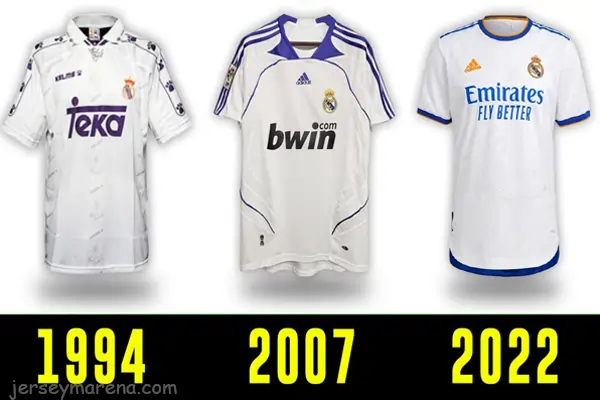Real Madrid C.F. Kit History: A Symbol of Elegance and Legacy
Since its foundation in 1902, Real Madrid Club de Fútbol has been known not only for its success on the pitch but also for its iconic white kit, a symbol of purity, elegance, and footballing tradition. The evolution of Real Madrid’s kit tells the story of a club that honors its heritage while embracing innovation.
In the early years, the team wore simple white shirts with blue socks, a nod to classic English football clubs. Over time, the kit evolved, but white remained the dominant color, earning the club the nickname *Los Blancos* (The Whites). During the 1940s, the kit became more refined with the addition of subtle design elements, but the core identity never changed.
The first major transformation came in the 1980s, when Real Madrid began working with official kit manufacturers. Adidas became the club’s primary supplier in 1998, introducing modern designs, advanced fabric technologies, and global branding. Since then, Adidas and Real Madrid have produced some of the most memorable football kits in history, blending tradition with cutting-edge style.
Alternate and third kits have also played a role in the club’s visual identity. From purple and black to navy blue and gold, these colors represent creativity and adaptability. Notably, Real Madrid’s black and gold kits have been fan favorites, symbolizing strength and prestige.
The club crest, prominently displayed on every jersey, has also seen minor redesigns over the years. While the crown and initials have remained, updates have modernized its look to match contemporary aesthetics.
In recent years, Real Madrid kits have become global fashion items, worn by fans around the world. The minimalist white home kit continues to reflect the club’s philosophy: elegance, unity, and dominance.
From humble beginnings to global recognition, the kit history of Real Madrid is more than just about sportswear—it is a legacy of excellence worn with pride.

